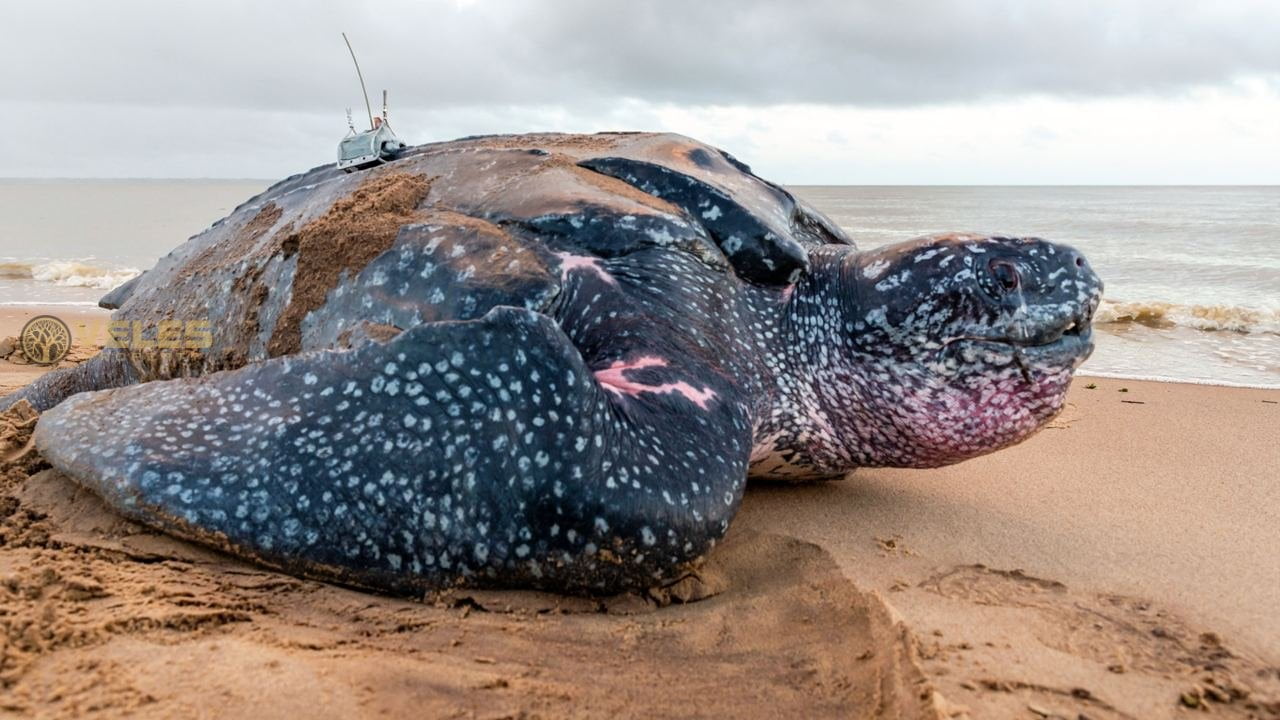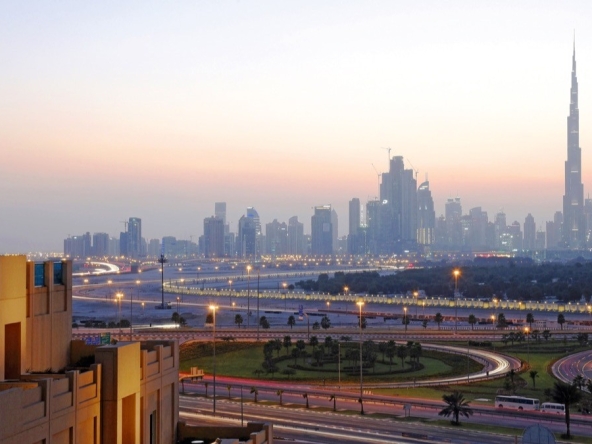Off the coast of Phuket, Thai biologists are releasing more than a dozen leatherback turtles into the Indian Ocean. Each has a GPS tracker on its back. This way, researchers will be able to track the movement of the young animals. The reptiles have been raised for over a year and now have a better chance of survival.
Leatherback turtles are the largest turtles on the planet. They grow up to 210 centimeters in length and weigh up to 900 kilograms. These reptiles survived the extinction of the dinosaurs, but are now themselves under threat. The World Wildlife Fund estimates there are fewer than 2,300 adult females left in the Pacific Ocean.
Eleven years ago, Thai biologists noticed that leatherback turtles had stopped nesting on the shores of Thailand. It was then that they decided to raise the cubs in captivity. In the wild, out of a thousand turtles, only one or two survive to adulthood.
At the breeding center in Phuket, the turtles are kept in a large tank that holds 42,000 liters of water.
At first there were difficulties in raising turtles. The cubs died over time. Scientists installed a high-quality seawater purifier, began to strictly control the temperature in the pool, and also developed a special jelly-like food. Currently, 28% of the cubs survive. Biologists hope to increase this figure to 50% over time.
By raising them in captivity, scientists can also control what sex the newborn turtles will be.
Leatherback turtles nest in tropical and subtropical zones, but spend their lives in the open sea. They can swim as far north as Norway, or as far south as New Zealand. Turtles are important to maintaining a healthy environment in the world’s oceans because they eat many jellyfish, preventing them from overproducing.




